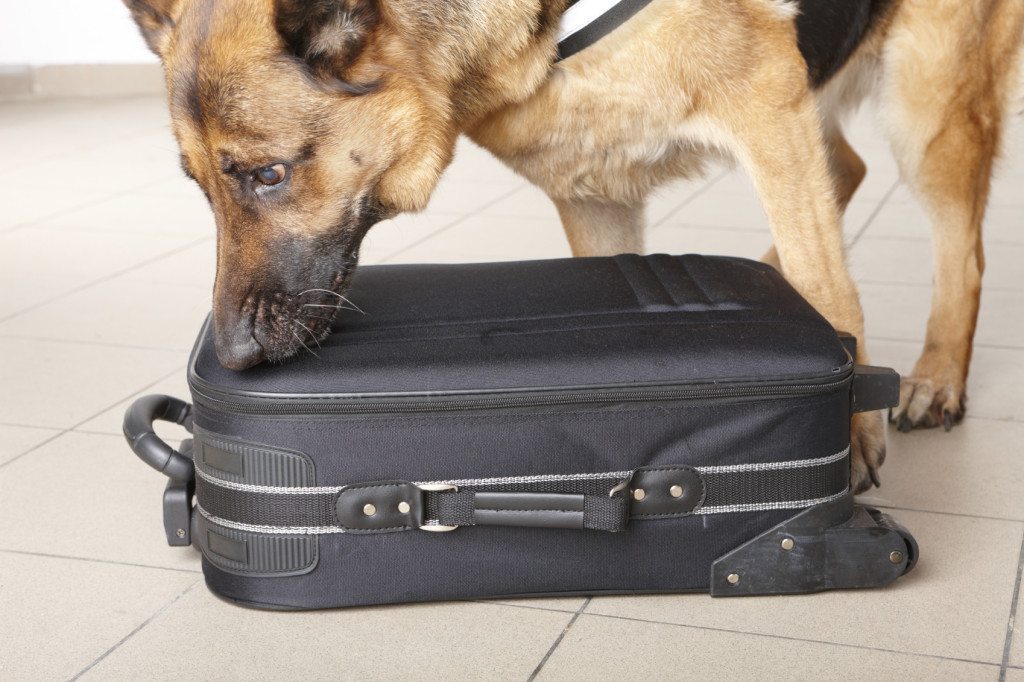A dog’s sense of smell is a thousand times better than a human’s. Dogs also have the amazing ability to sniff through “layers” of scent to detect what is underneath. This is coming in handy in the war against illegal wildlife trafficking, which is a multi-billion dollar industry worldwide. In order to combat the illegal trafficking in exotic and threatened wildlife, the U.S. Fish and Wildlife Service recently put the first group of canine graduates from their detection training program to work in Chicago’s O’Hare Airport, which is a major point of entry for animal contraband.
What Qualifies as Illegal?
Any animal species considered in danger of extinction, including live exotic reptiles, birds and fish, as well as other hunting trophies taken without proper permission are illegal. Those trophies may include lions, leopards and elephants. Tiger parts and rhino horns are sought after for supposed healing powers – although no scientific evidence supports these facts. Other illegal items being smuggled, and which the dogs are trained to detect, are sea horses, sea turtles and pythons.
The Nose Knows
As mentioned above, dog’s noses are able to sniff out layers of scents, meaning they can drill down through other scents present to get to what’s underneath. For example, let’s say you give a dog your shirt. He can smell your cologne on the “top” scent layer, then your deodorant in the next layer, then the bath soap, then the fabric softener and laundry detergent, right down to the basic smell of the shirt itself.
That’s unfortunate for smugglers who try to “hide” the scent of illegal items under layers of deodorants, toothpaste, cleaners, and by wrapping in aluminum foil. The dogs are not fooled by any of this. The dogs are also trained to ignore smelly laundry and food smells in luggage.
Basic Training
Detector dogs go through a 13 week training program at the U.S. Department of Agriculture center in Newnan, GA. The dog’s sniffing “career” will last from 5 to 7 years. Even after the training is complete, further training occurs in the field working to build the dog’s endurance for the task. Handlers must strive to keep the game fresh for the dogs so it does not become boring and tedious. Too much tedium can ruin the dog for the work. Dogs and handlers work closely to learn to “read” each other’s body language and level of excitement.
The Issues at Hand are Serious
Wildlife trafficking is a huge business, topped only by drug trafficking. As rhino horn becomes more widely sought after, with mythical properties attributed to the horn, rhinos face a serious threat of extinction, and while recovery of poached rhino horn strikes at the industry in a small way, rhinos still continue to be on the losing end. Recovered horn does not bring back the rhino that lost his life to someone else’s greed, but officials hope that by cracking down on smugglers and confiscating illegal items (hitting in the wallet hurts the most), they can slow poaching in the short term and save a species in the long run.
Photo Credit: istockphoto.com










